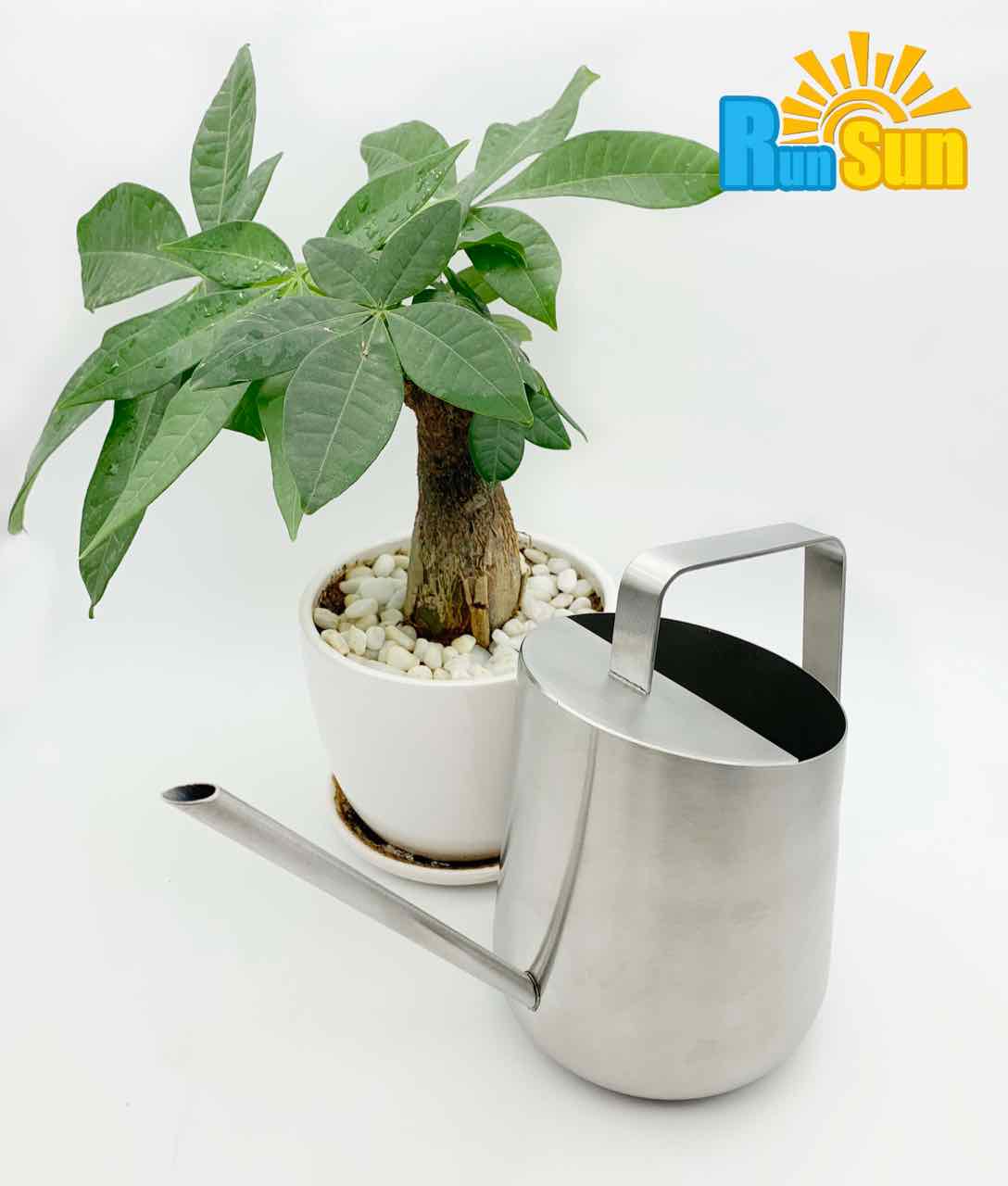
Malabar chestnut (scientific name: Pachira Aquatica, English: Malabar chestnut), also known as fortune tree, lucky tree, American peanut, gourd, is a plant of the genus Kapok family Malaba. The name of this genus is taken from Guyanese, meaning “in the water”. Maraba is native to Central and South America. By Wikipedia
The good thing about Malabar chestnut

Fortune Tree can play a very good role in purifying indoor air and absorbing formaldehyde and other harmful gases. Another function is also everyone’s favorite, that is, the tree that can bring us wealth.
The seeds of Malabar chestnut are edible and have a taste similar to peanuts. Obviously, this is not the focus of Fortune Tree.
How to have a Malabar chestnut
1. Choose a location. Most of the fortune trees are grown indoors. It is recommended that the fortune trees be kept in a bright and well-ventilated place. Every 3 to 5 days, watering the leaves of the fortune tree is beneficial to photosynthesis and makes the branches and leaves more beautiful.
2. The root system of the fortune tree is not well developed, and it is easy to cause rotten roots due to watering problems. Therefore, it is recommended that the method of using large pots and small pots to raise the fortune tree can solve the problem of water accumulation.
3. The problem of watering, the fortune tree is not resistant to water, and the root system is not developed, so any water accumulated in the roots during the time of the minister may cause rotten roots, so it is recommended that everyone should first know whether the soil they use can be watered The water evaporates quickly.
4. Fertilization, the fortune tree is full of plants, with large leaves and vigorous growth, so the fertilizer requirement is also large. In addition to the cultivation of fertile soil, the potted fortune tree should stop all forms of topdressing in winter to prevent damage to the roots.
5. The requirements of temperature and humidity in the cultivation of Fortune Tree are relatively high. If the temperature is too low or the humidity is not enough, the phenomenon of falling leaves may occur. In severe cases, the branches will be bald and the plants may die.
Common diseases of Malabar chestnut
1. Root rot
Rot disease it’s serious and common. The method of prevention and treatment is to keep the cultivation environment dry and prevent the damage of Botrytis cinerea.

Cut off the rotten tissue on the top of the main root before planting and then dry the wound before planting.
If it is found to be active, it should be used in time Drugs such as plec, termly and Radomir were sprayed. Some decayed plants should be discarded immediately.
2. Withered leaves
Withering and yellowing of leaves is also a problem that can easily occur during the cultivation of the fortune tree. If leaf blight and diseased leaves are found, they should be removed and destroyed in a timely manner, and management and maintenance should be strengthened during the cultivation of the fortune tree. Watering and fertilization should be timely.
A good Malabar chestnut should use with a good Watering can with it.
WhatsApp/WeChat:(+86)13246751686
Email:[email protected]

